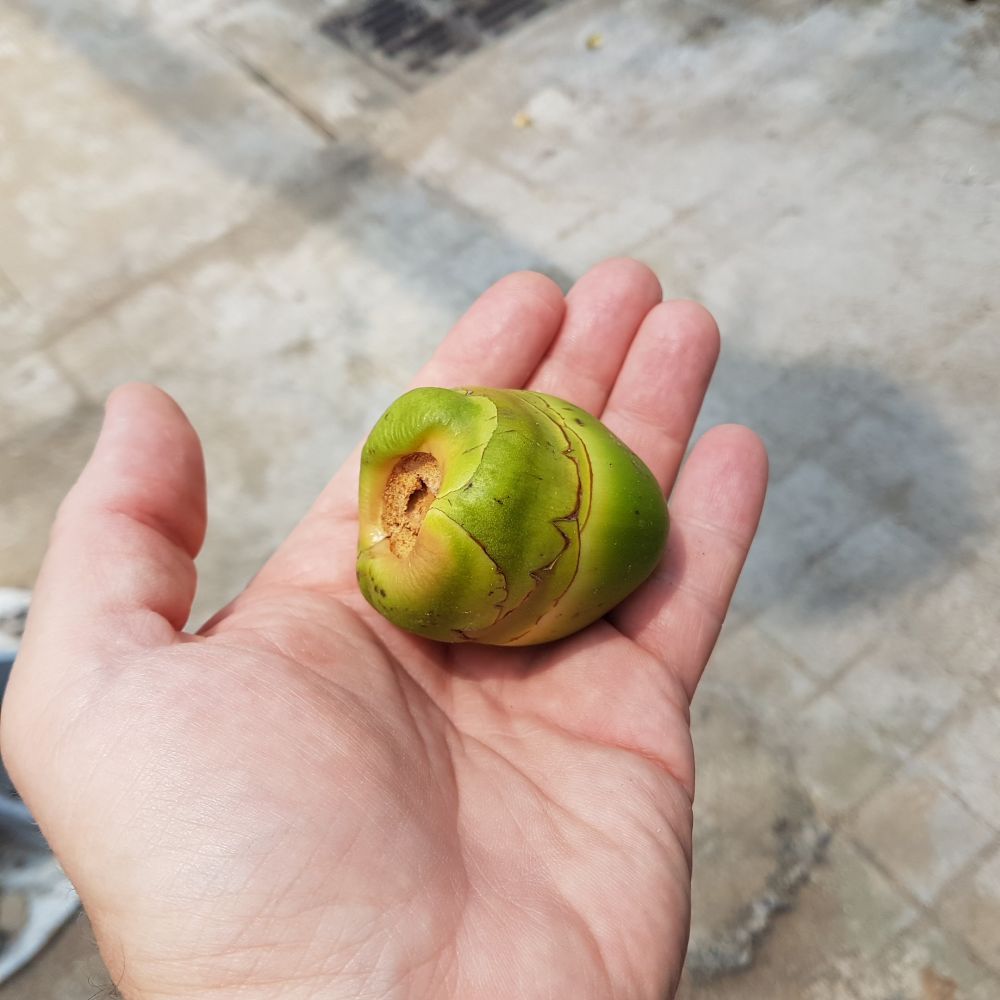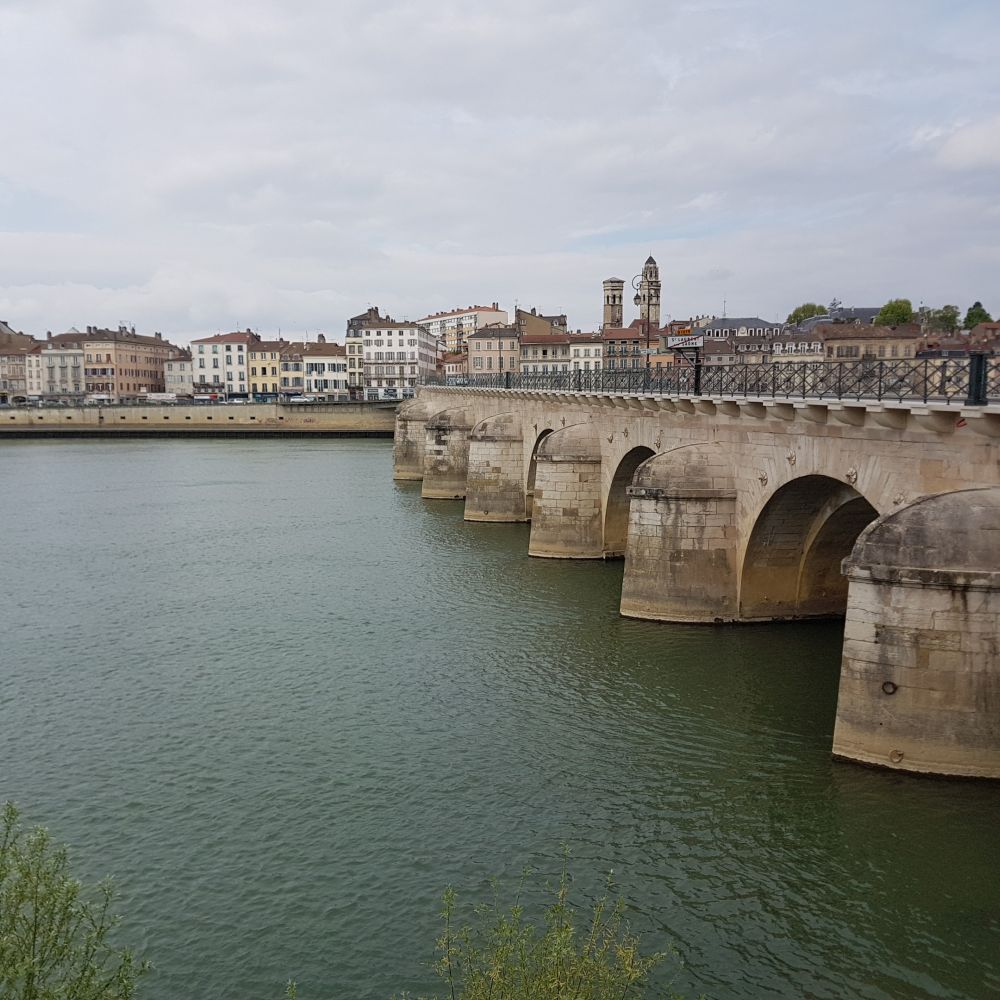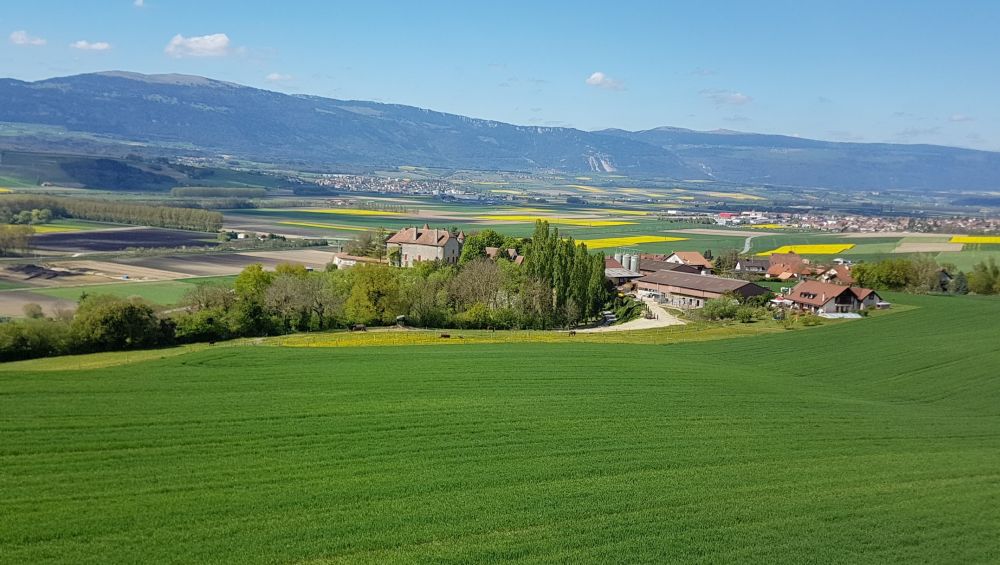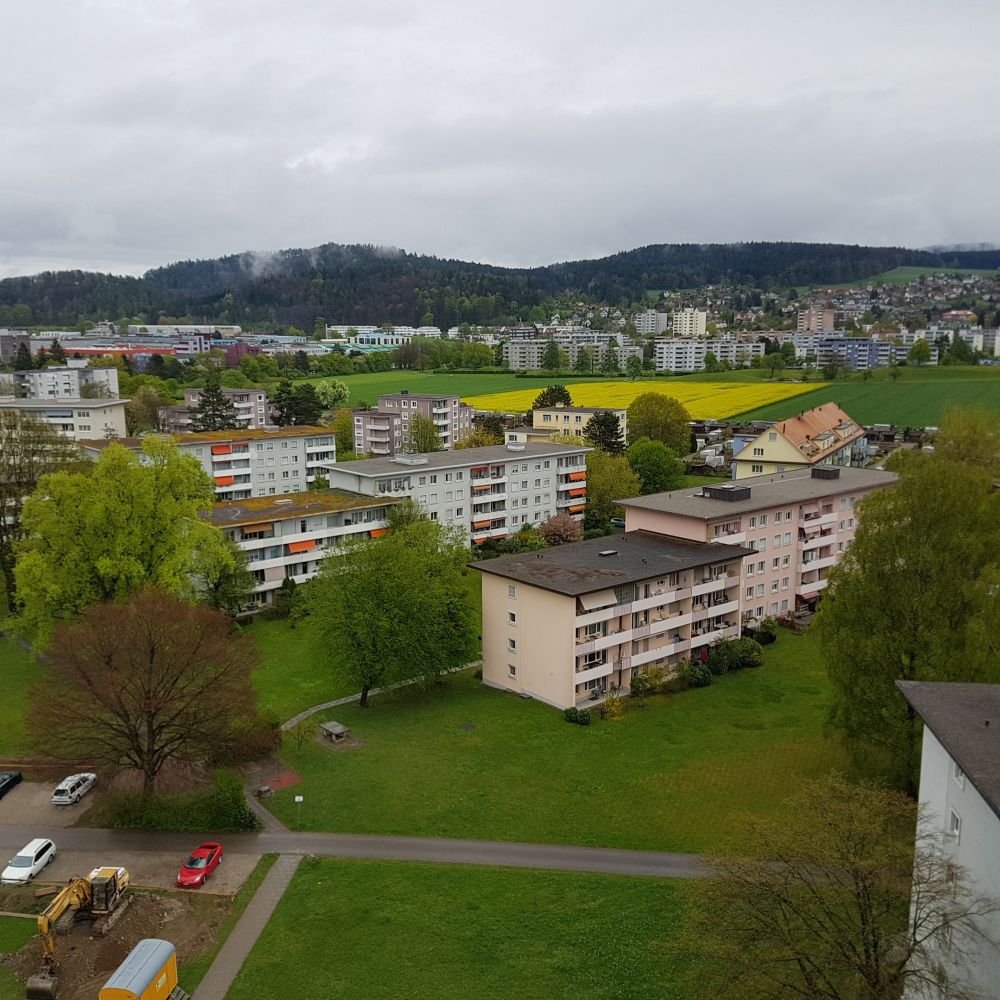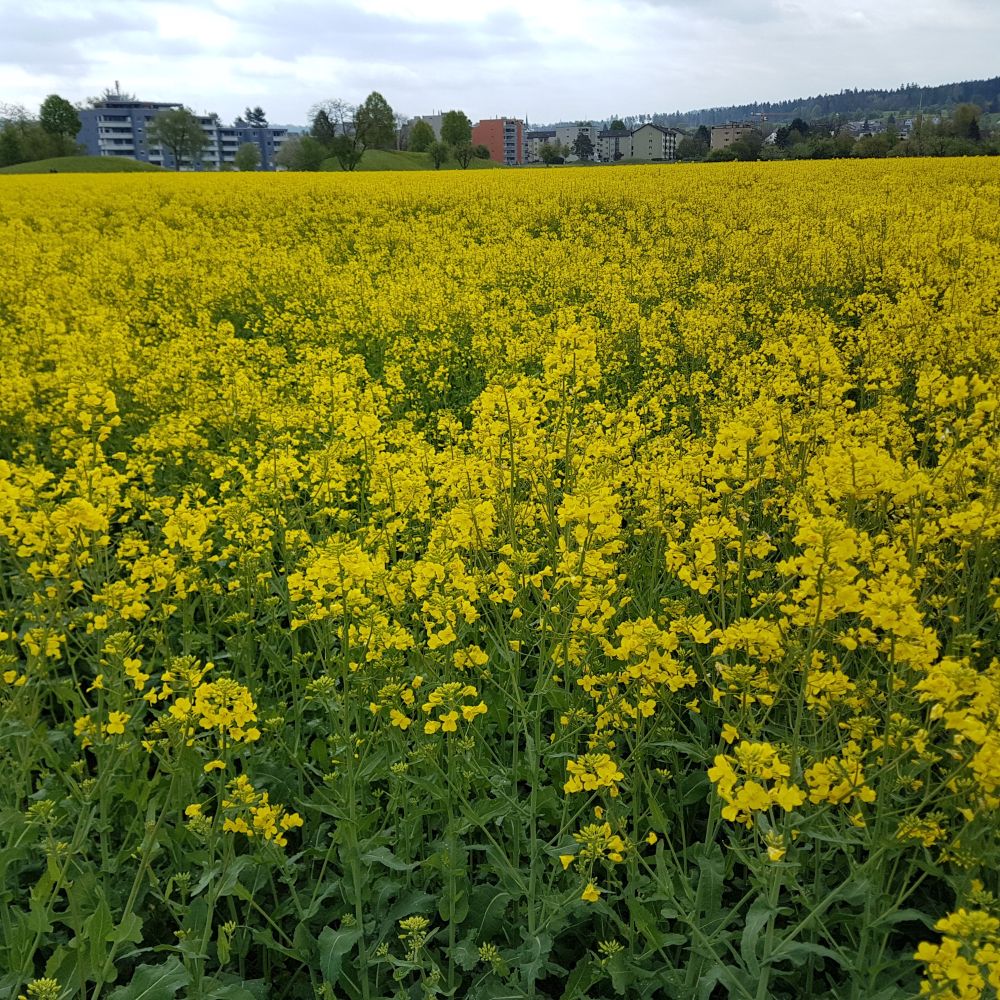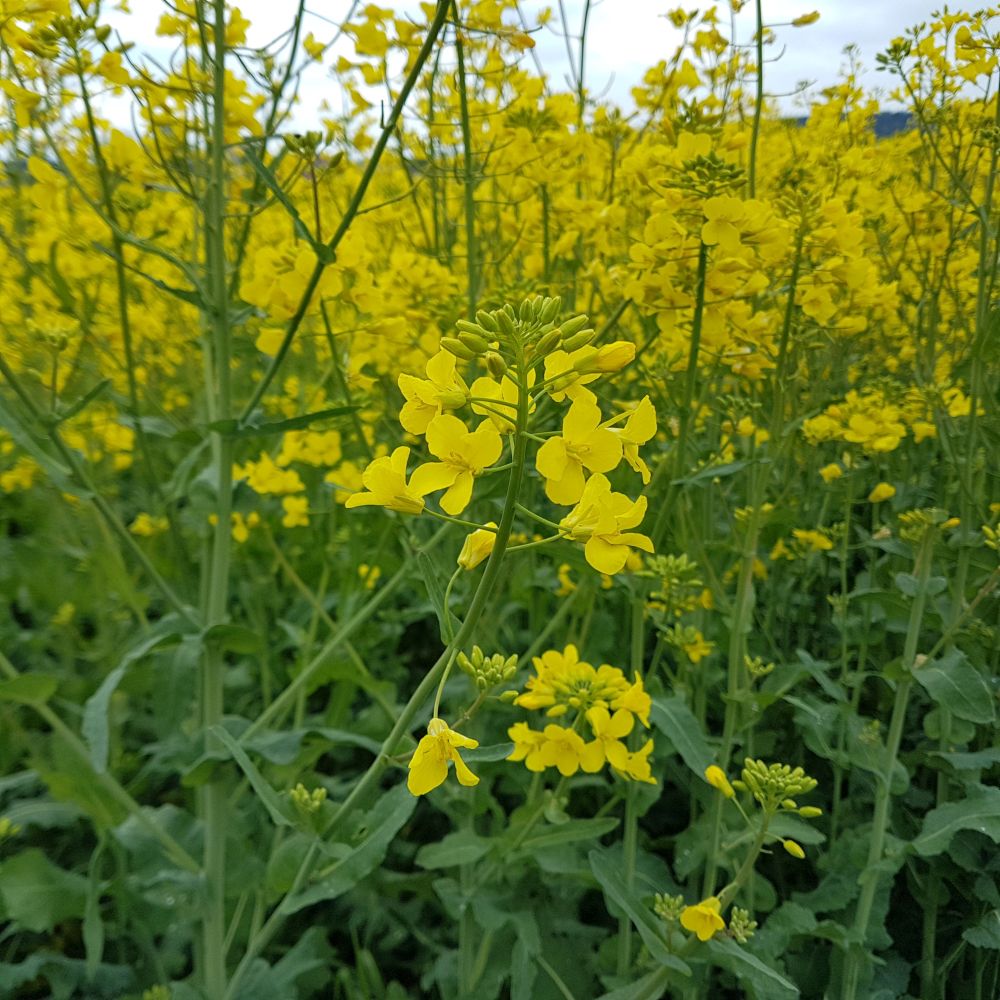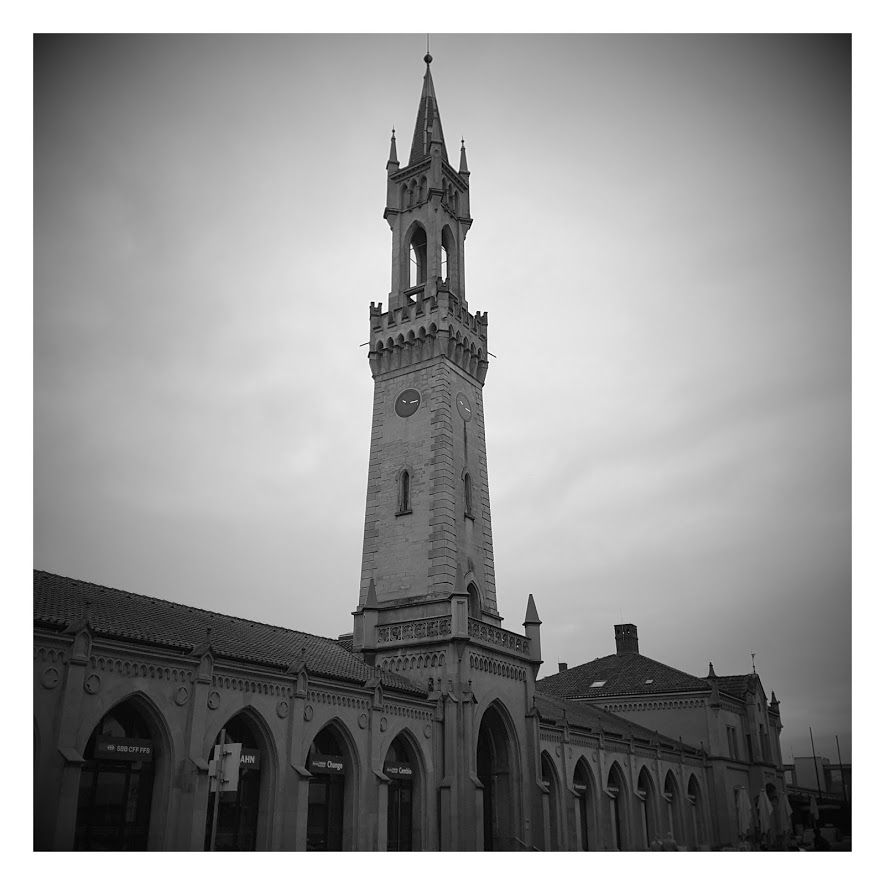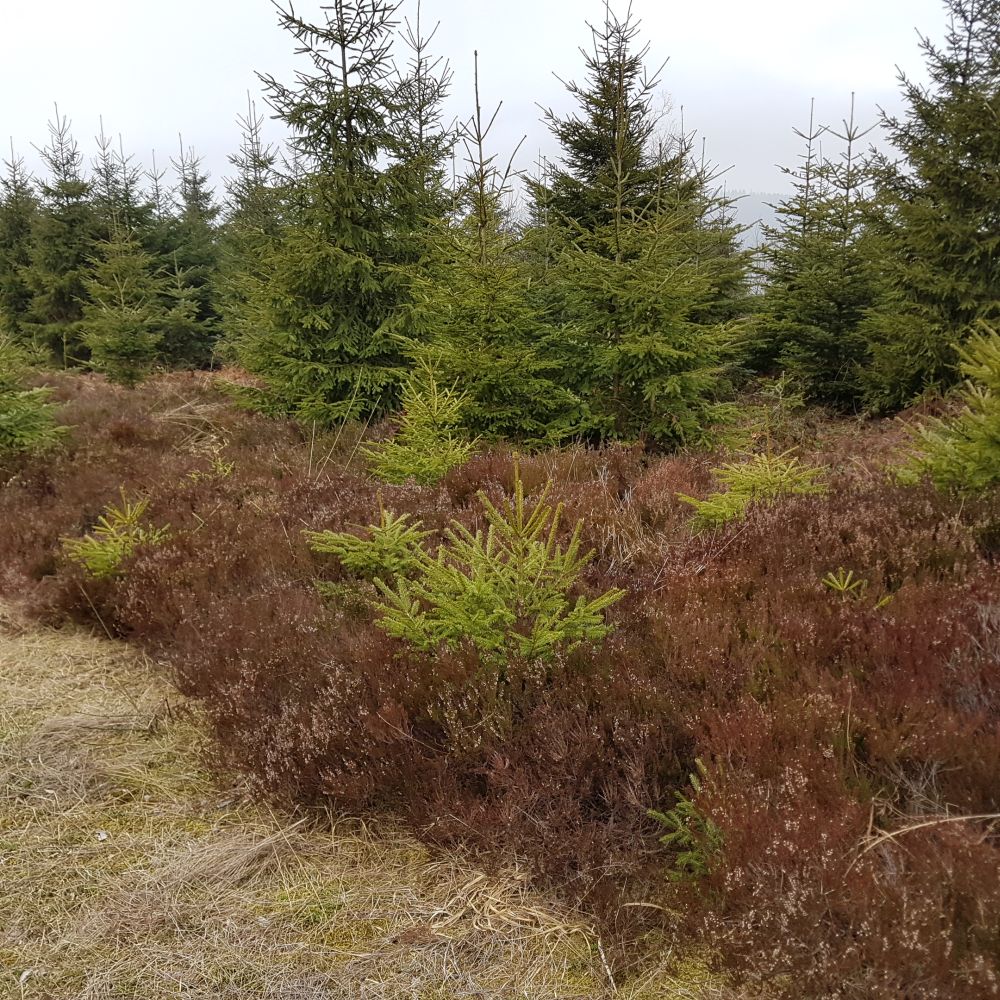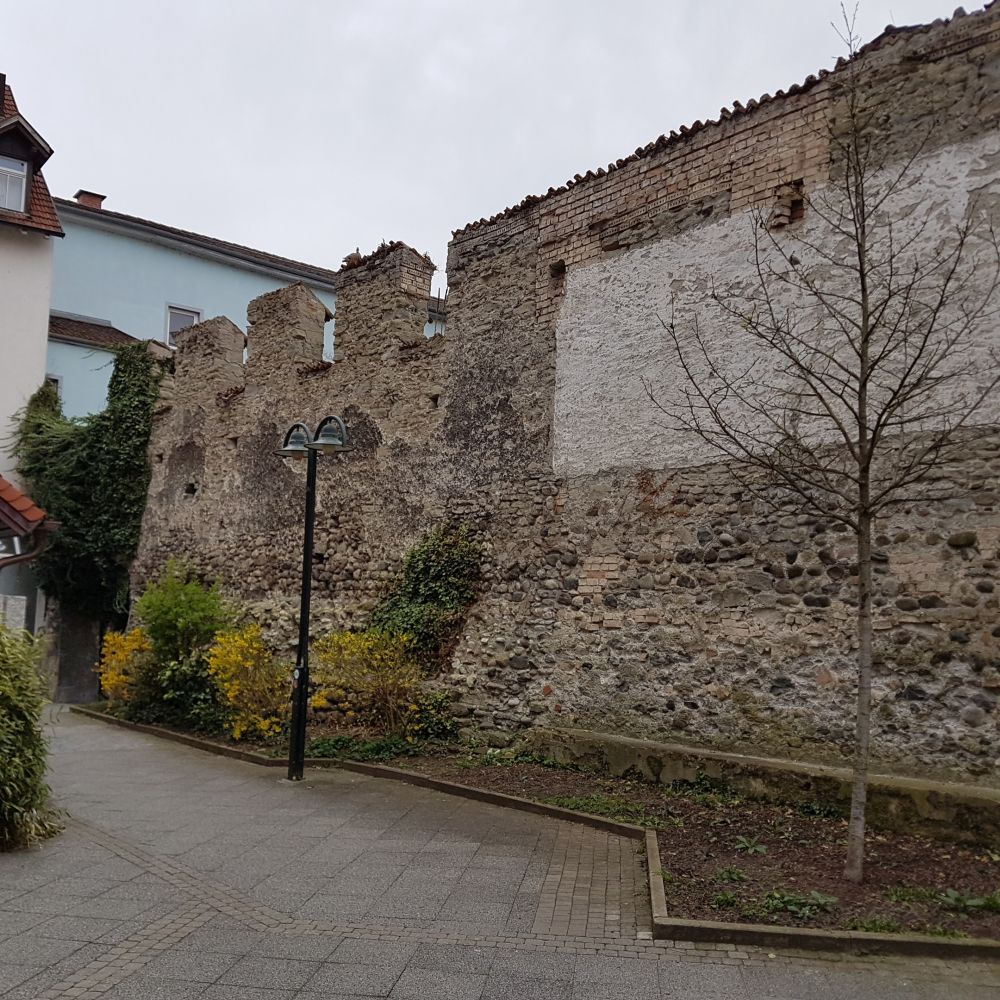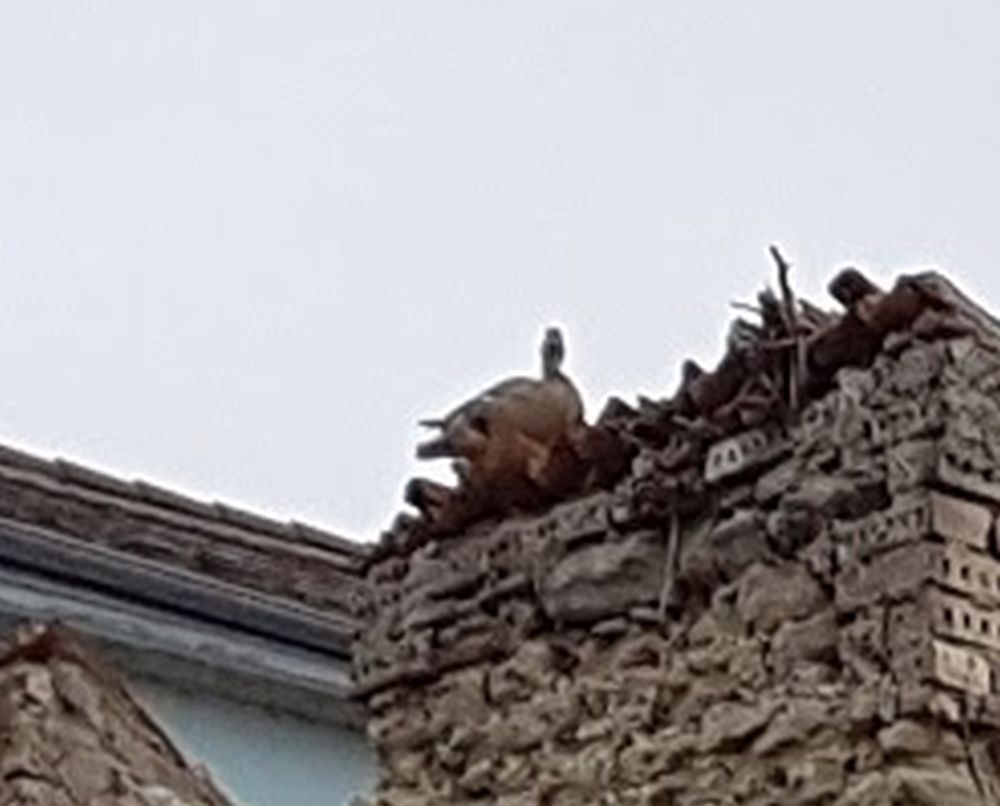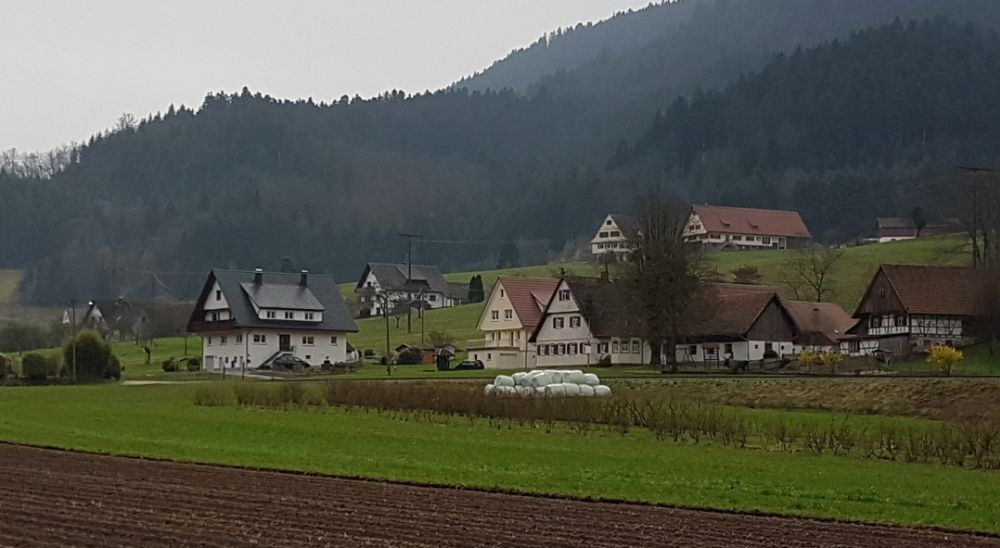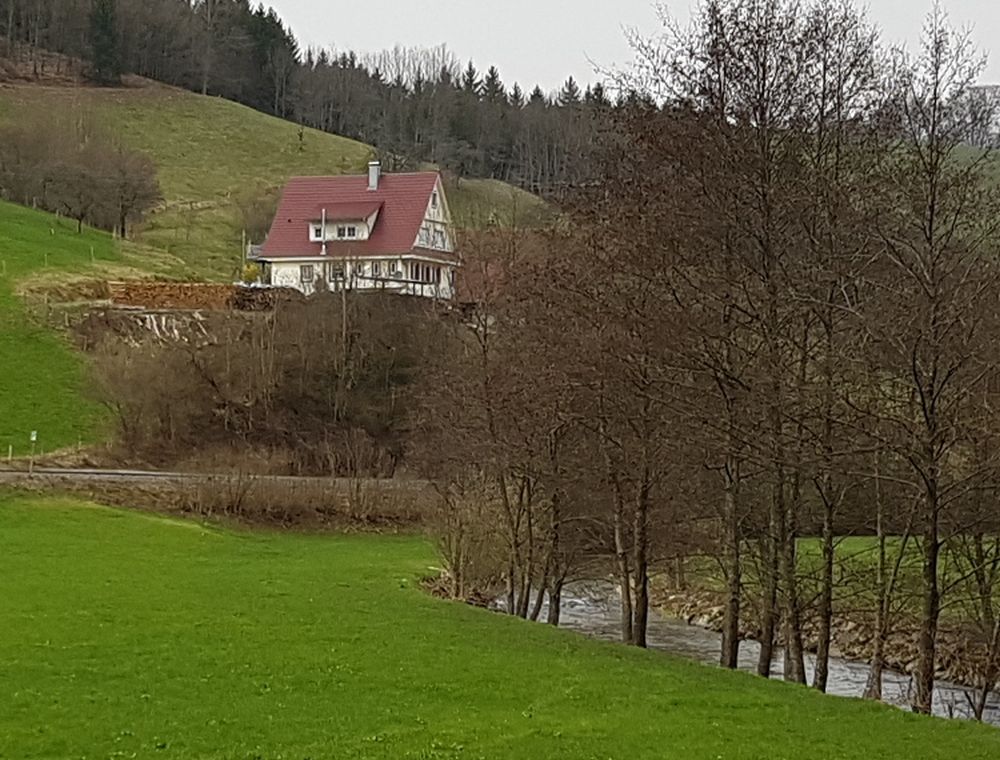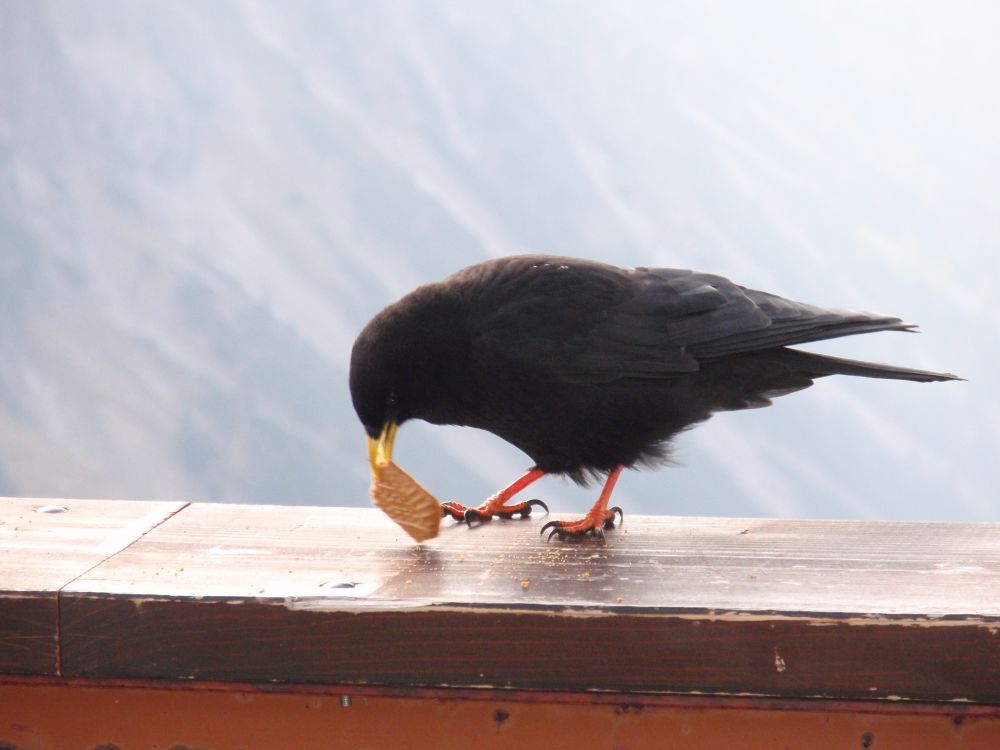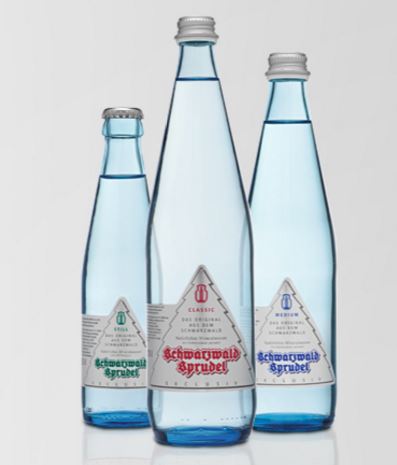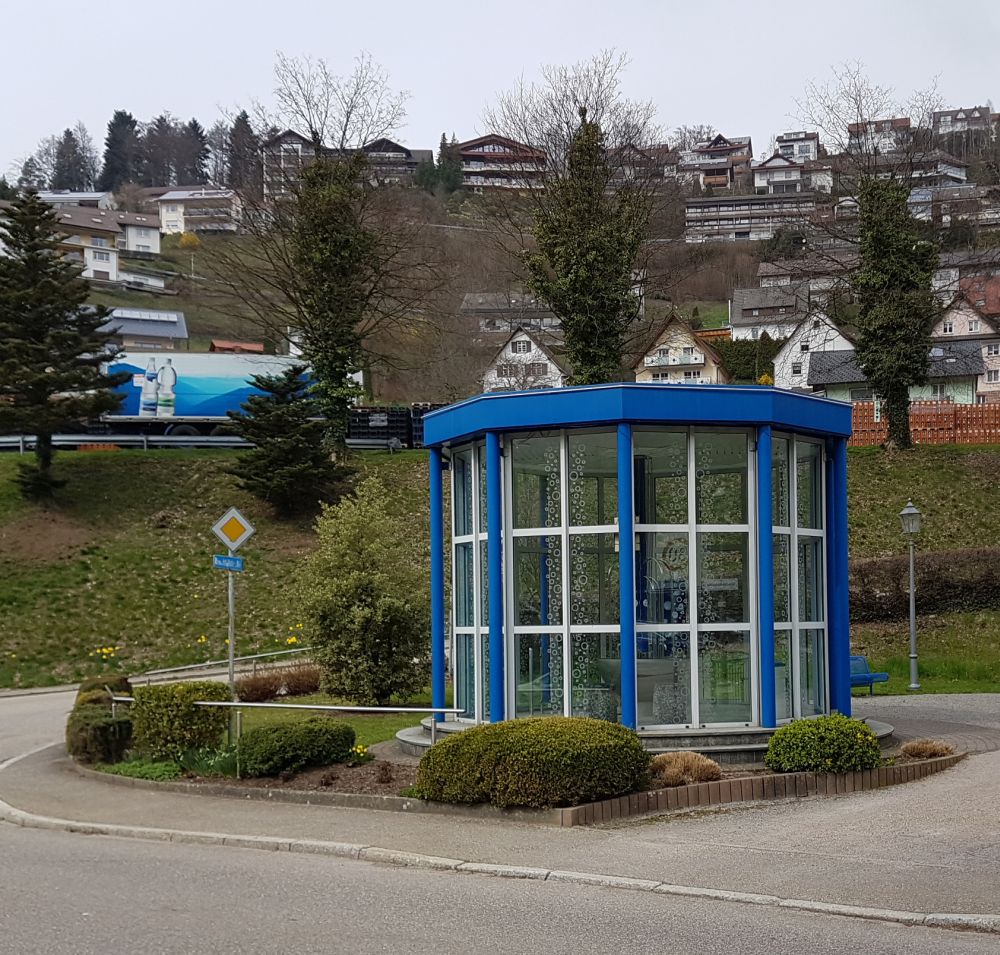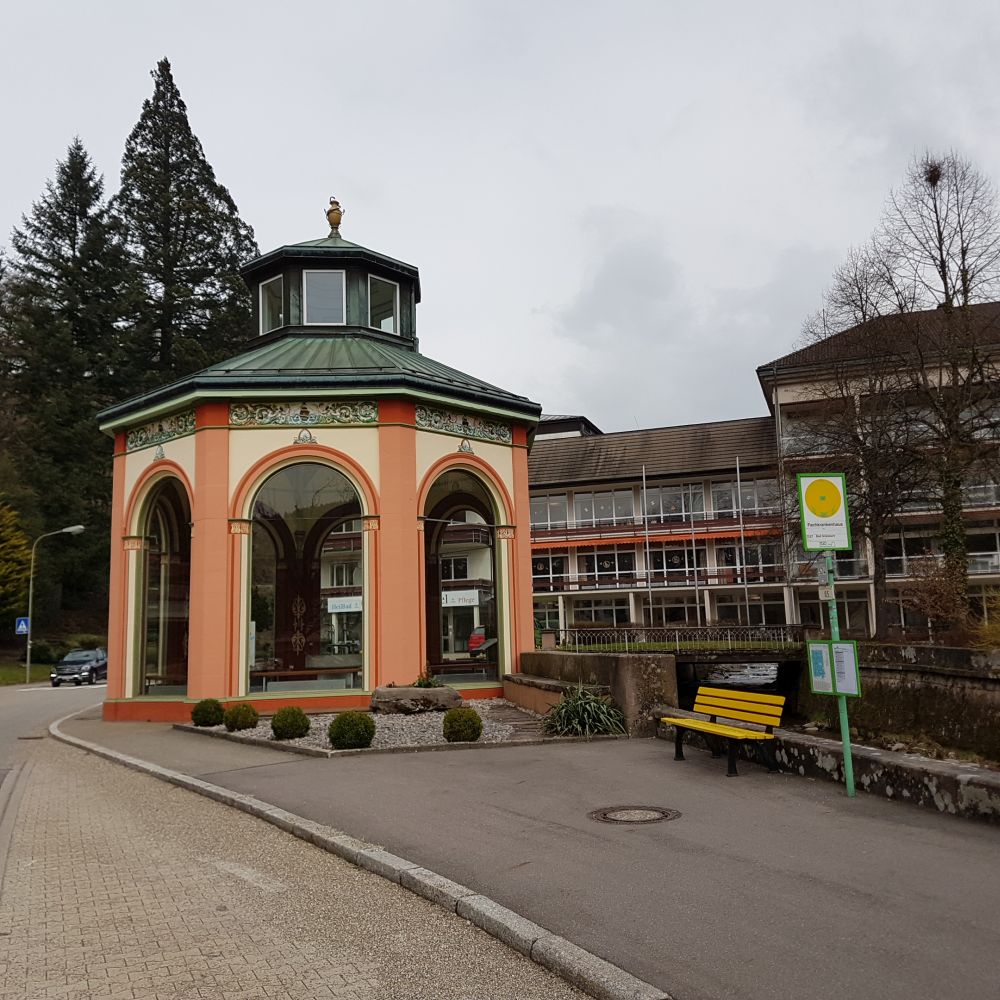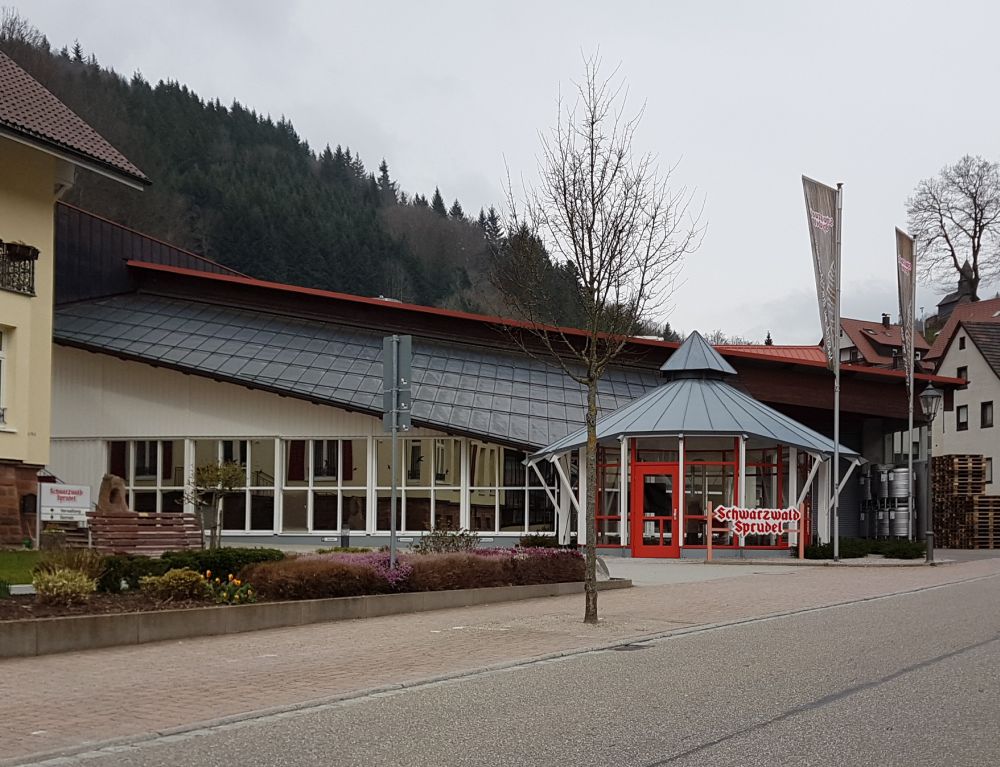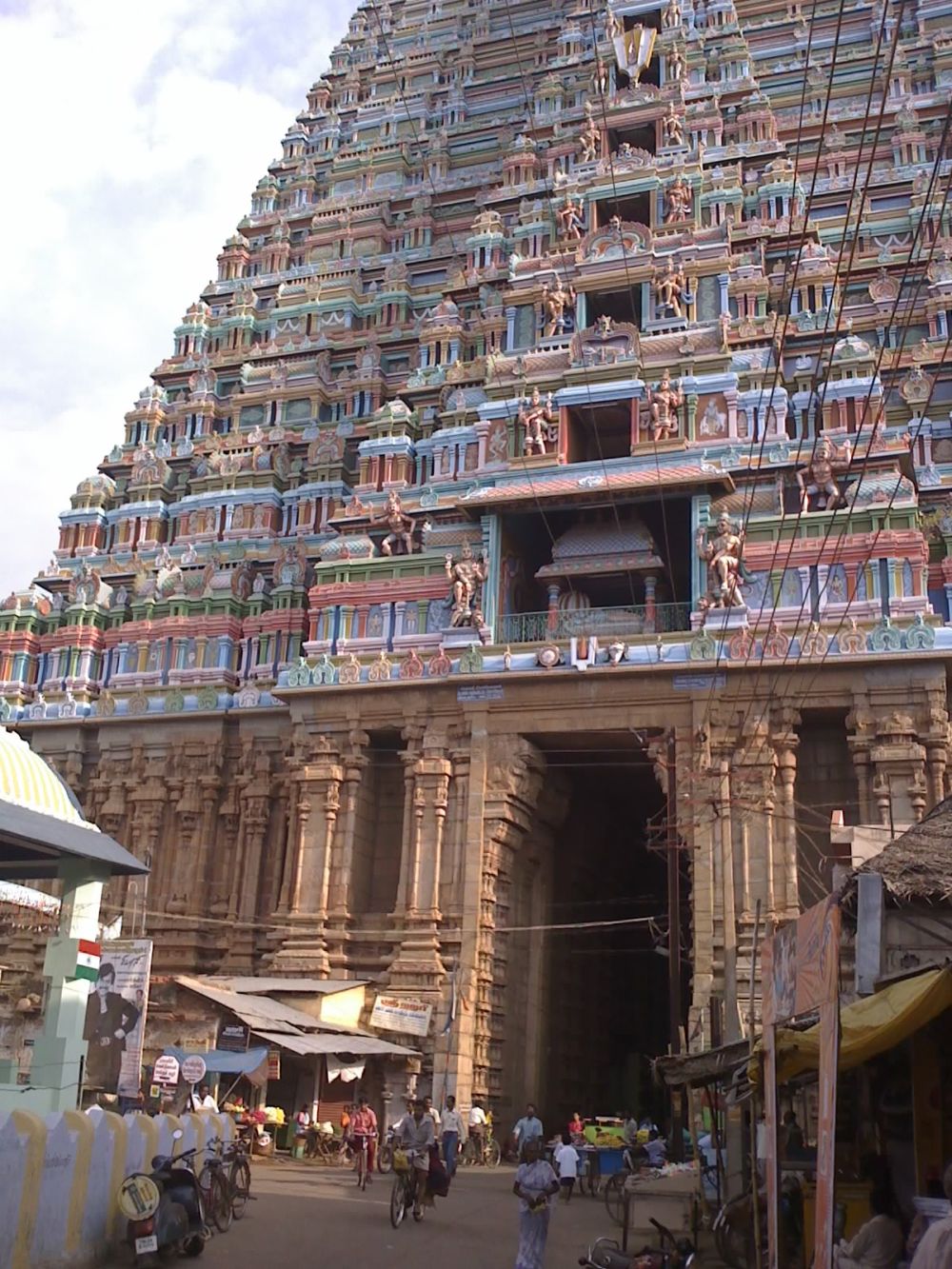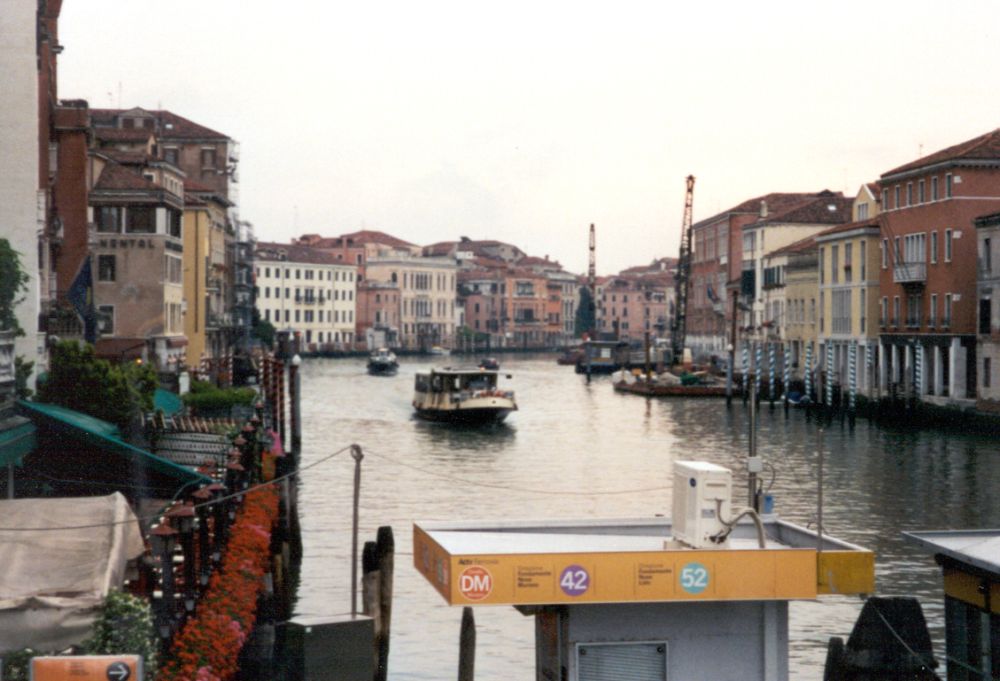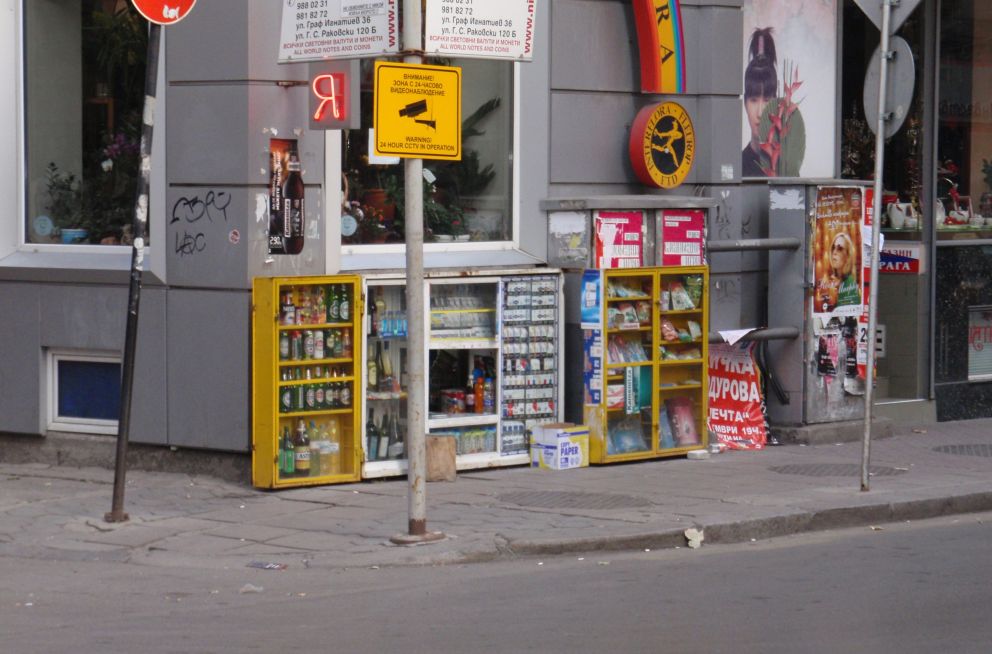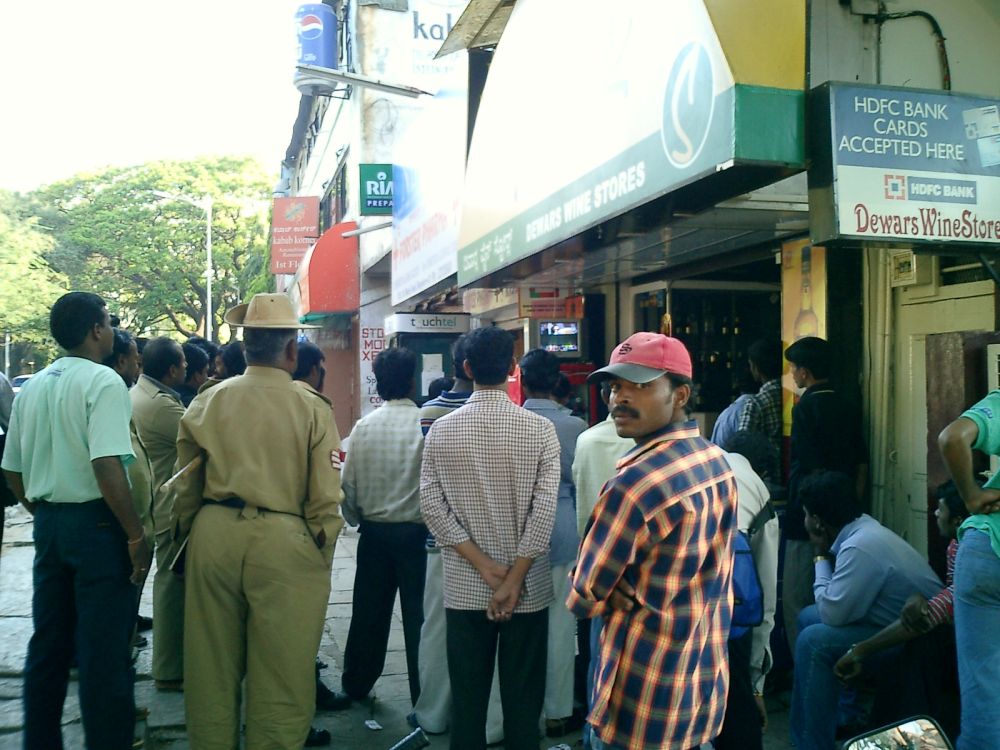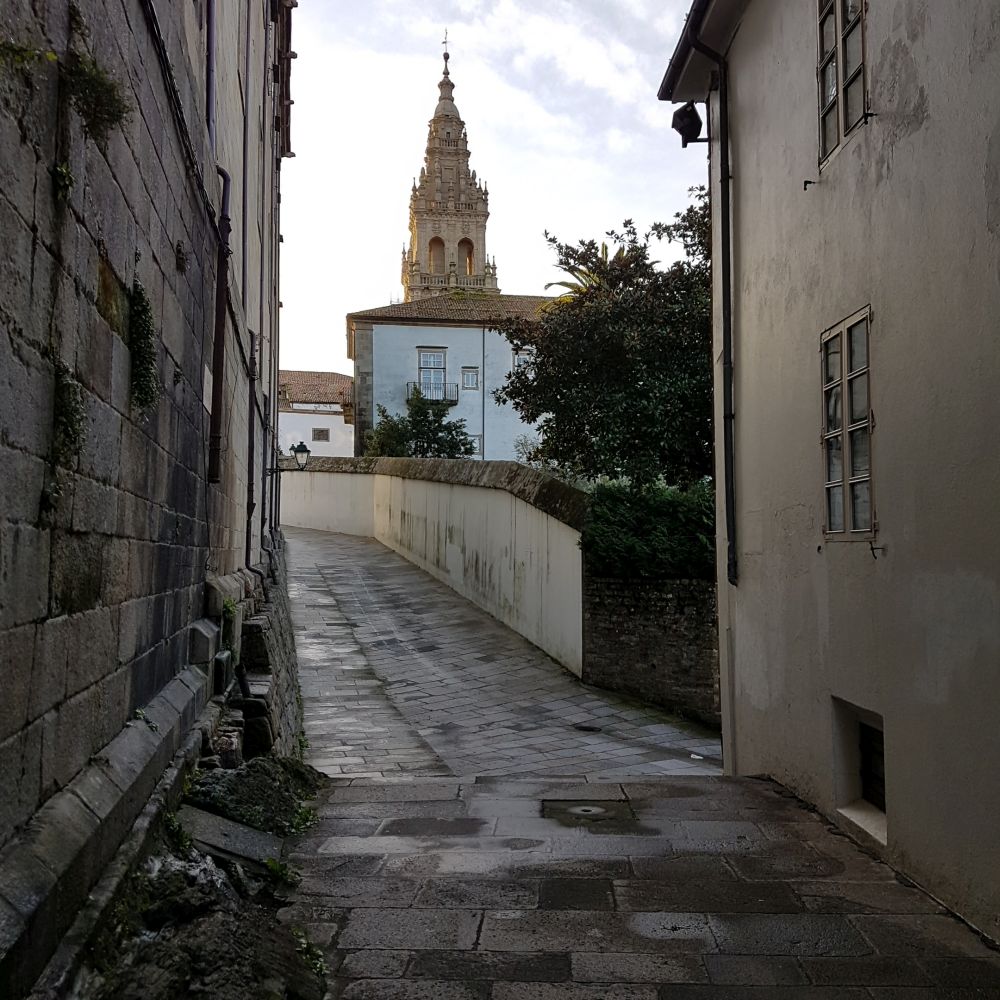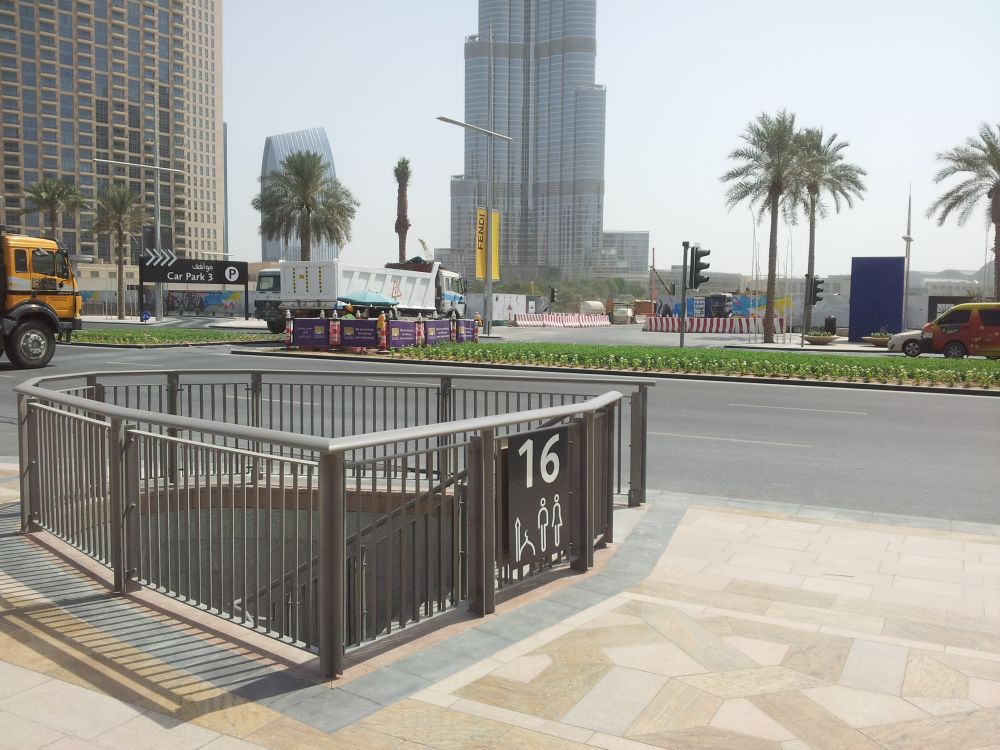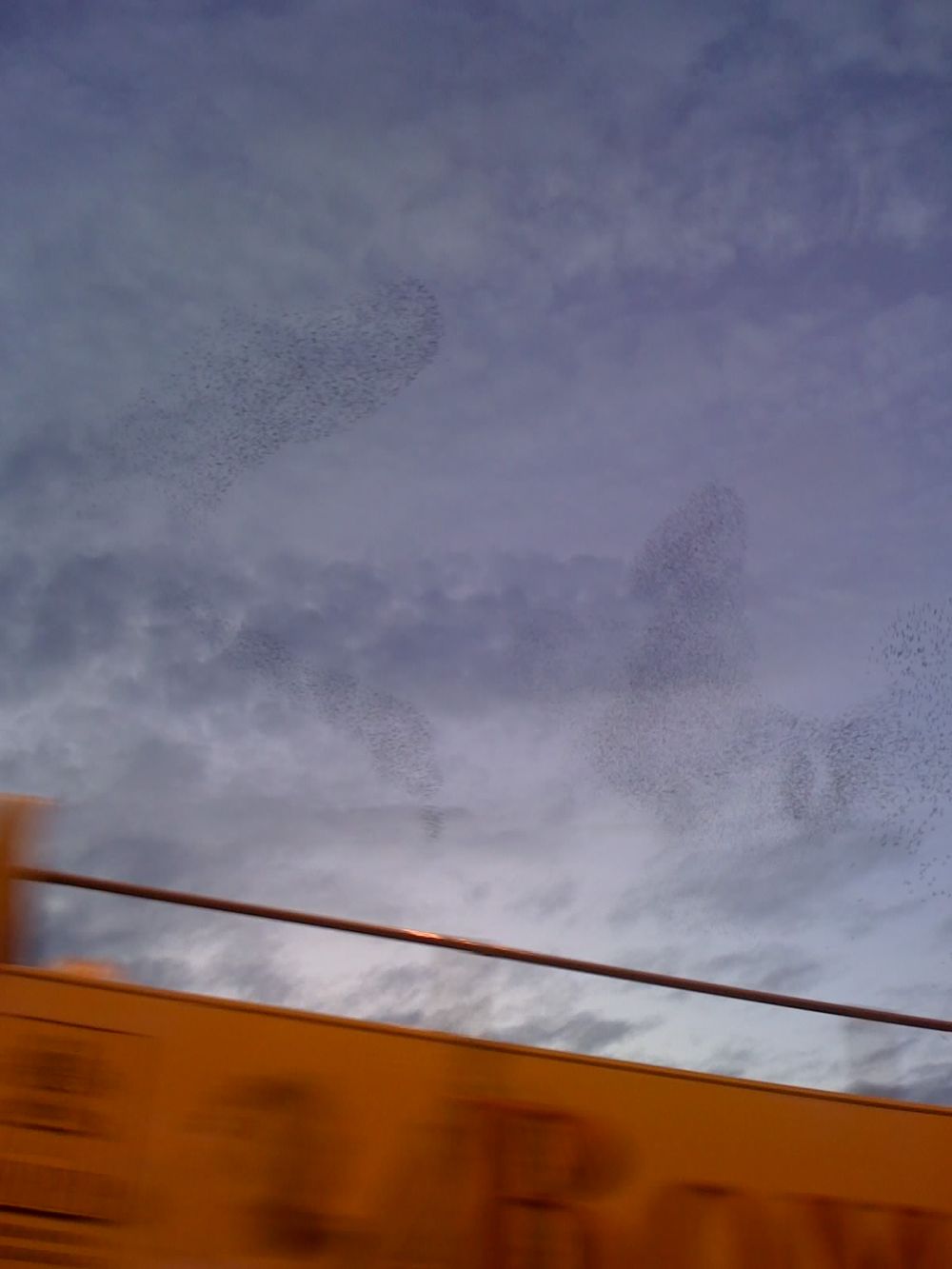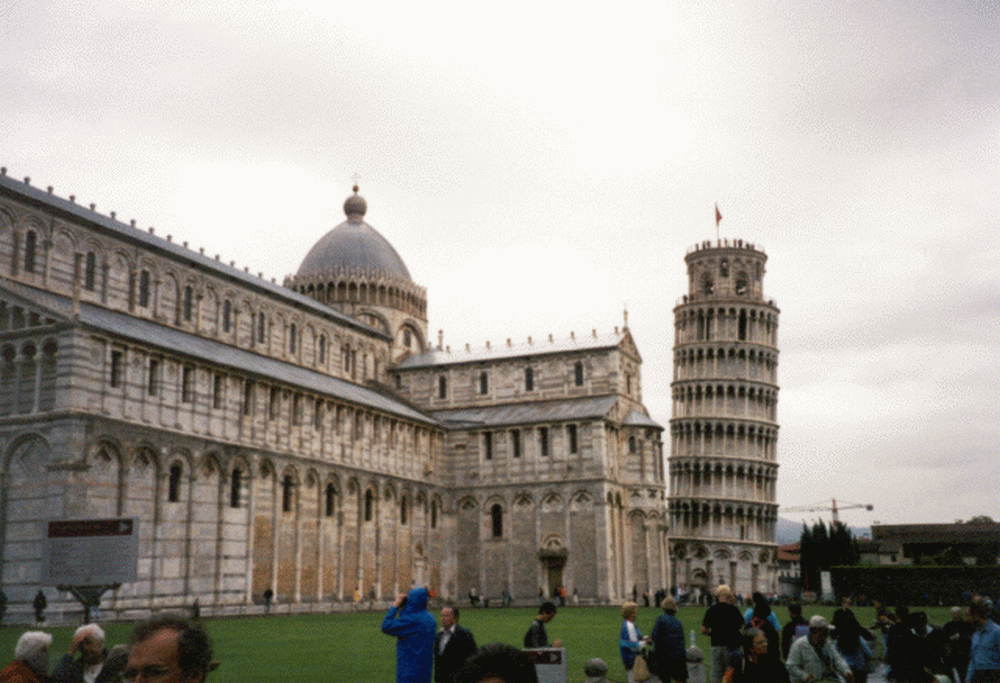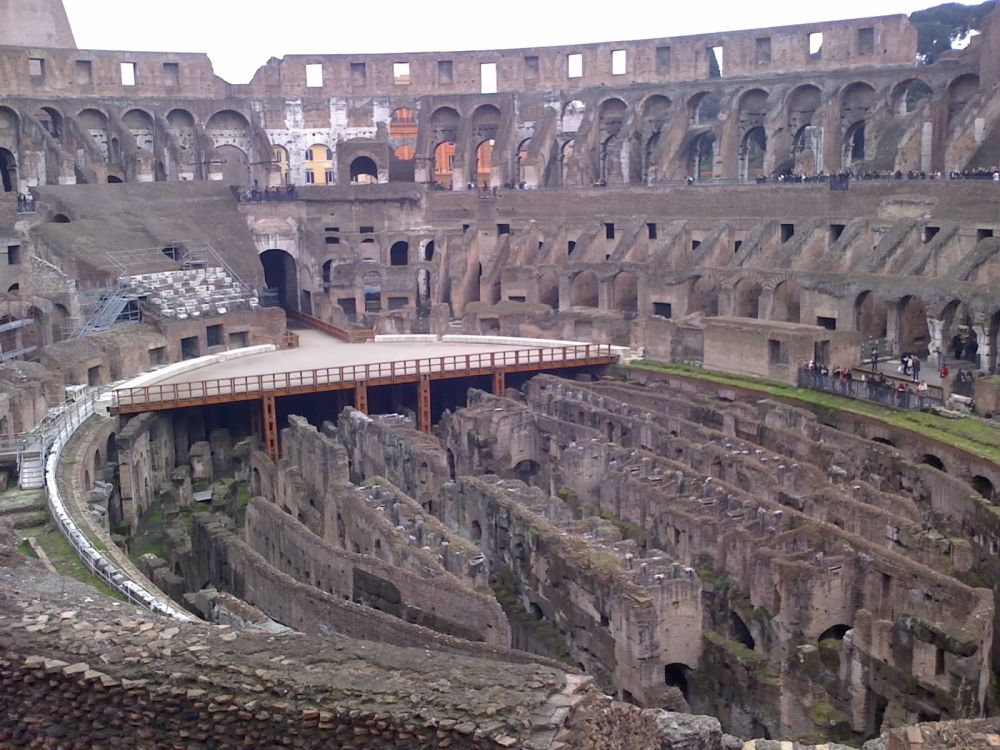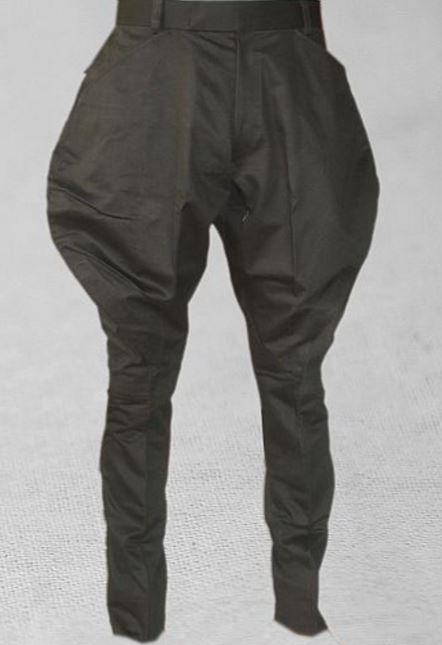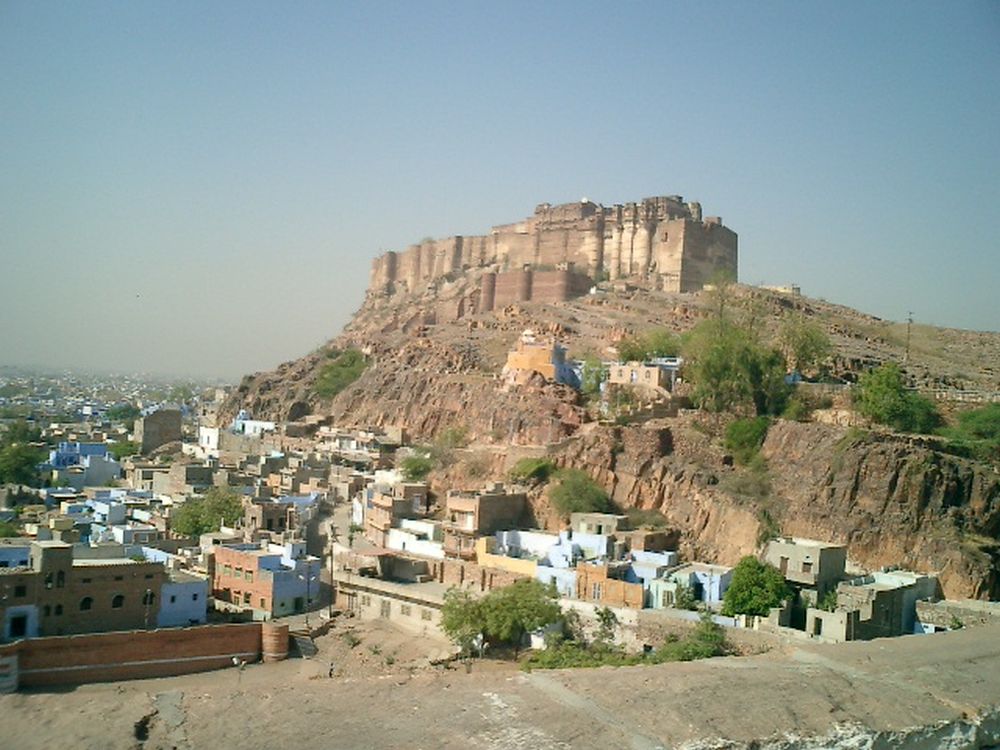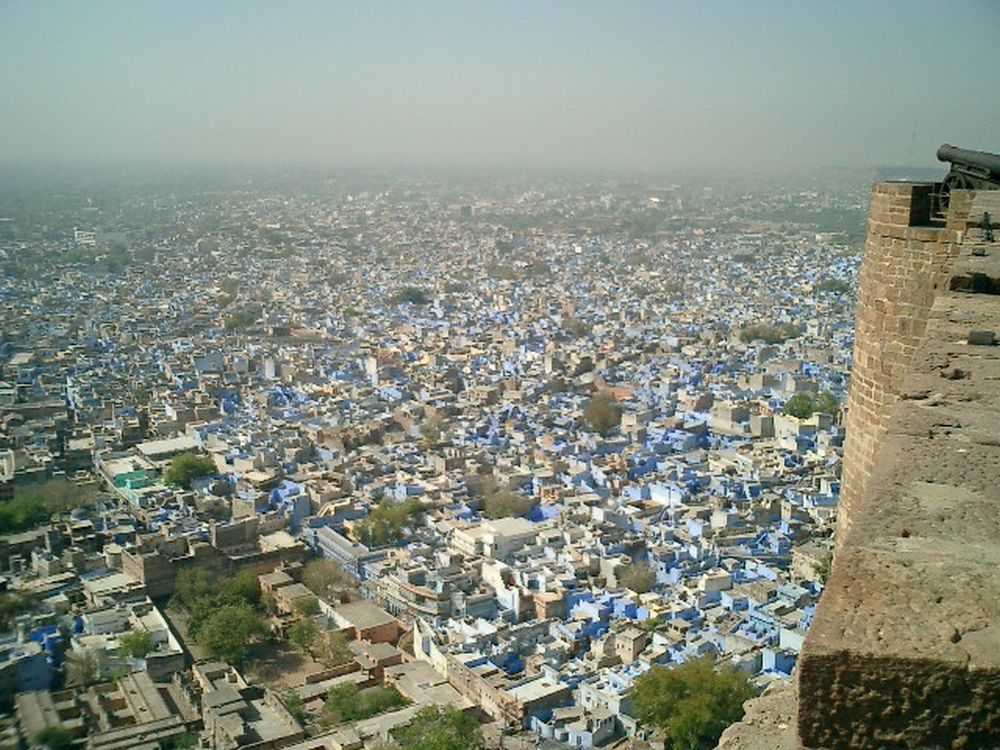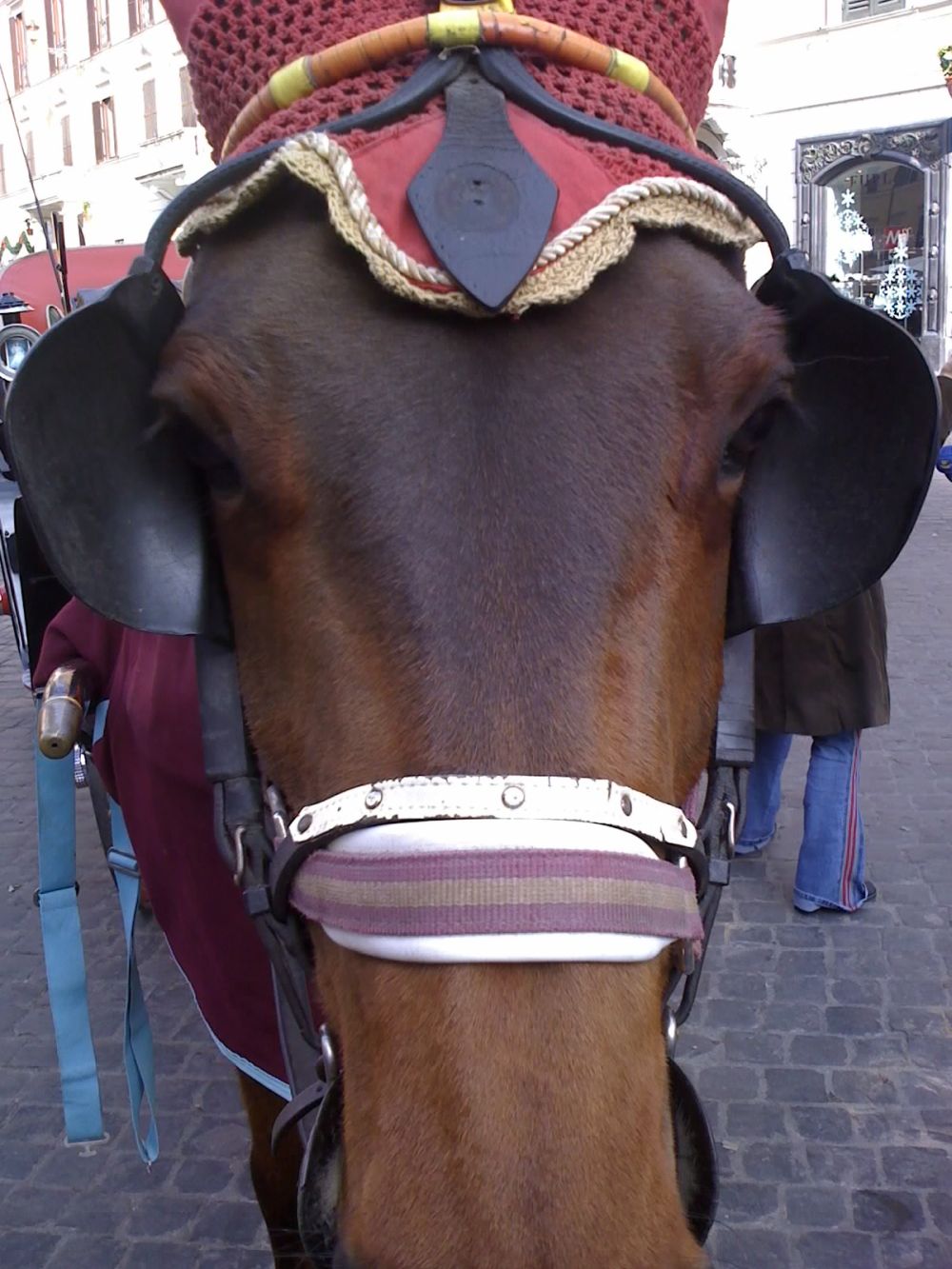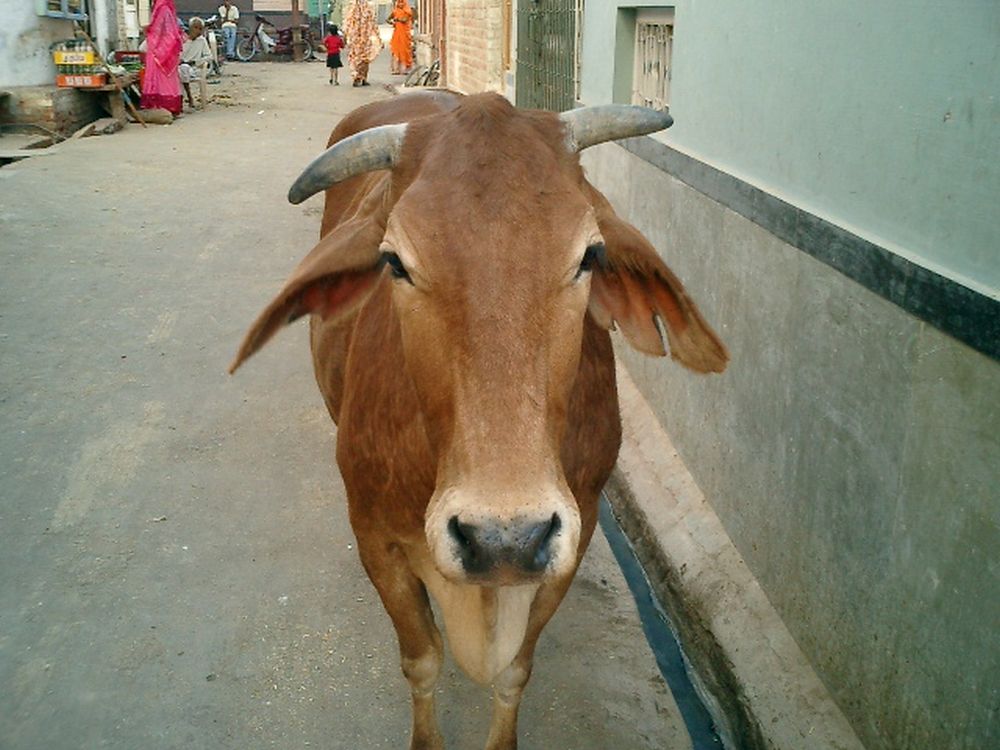After a tropical storm in Hainan, China, the streets were filled with tiny coconuts knocked to the ground by the wind:
Month: April 2017
Saint-Laurent Bridge over the Saône
Le château de Bavois
Nestled deep, deep within the western Switzerland area of Waadt – far away from any areas tourists are likely to come (or indeed, to survive, if the locals were to find them here) – is a castle known in the German as das Schloss von Bavois:
Shown here in the springtime, it’s surrounded by fields of rapeseed.
Springtime in Europe – the rapeseed in bloom
France, Germany, and Switzerland are amazing in the Spring!
If you’ve visited France, Germany, or Switzerland in the spring time, then you know how amazing it is. The lush green countryside is filled with bright flowering patches of rapeseed, or Raps in German:
Now, I don’t know the fine subtleties between rapeseed and canola, but I do know this is one amazing sight:
It’s more than a bit frustrating when you see a field like this, because you never really know how the plant will be used. Some of it is used for cooking oil, but at least in Europe, a huge fraction is used for biofuels.
Amazing Schaffhausen
In the north of Switzerland, Schaffhausen is one amazing village. It’s known as Schaffuuse in the Alemanic language, spoken by the locals. Its buildings from the Middle Ages have a whopping 171 bay windows (called Erker in German, more than any other Swiss town), as you can see here:
This is the Mohrenbrunnen, or “Moor Foutain,” dating back to around 1576. Until the late 1800’s this is where the inhabitants drew their drinking water.
Interestingly, the Alemanic language (i.e. Schwiizerdüütsch) is a more advanced, evolved form of standard German (Hochdeutsch) – but more about this in blogs to come!
Evolution vs. Revolution?
. . . Old versus New?
. . . Building a better mousetrap?
To be honest, I could not think of the perfect blog title to capture my emotions when I think about the new clock tower that adorns the main train station (Hauptbahnhof) in the south German city of Konstanz:
The bit that causes me the trouble is the clock on the tower – it’s fully electric! Those hands you see are in fact LED lights – and if you get close enough, you can even see a little “second dot” that moves around the display.
I don’t know the story of this tower – who designed it, and whether people like it. For me personally, I have both positive and negative emotions – and maybe that was what the architect was trying to inspire?
Trees in the Heath
Nestled very deep within Germany’s Schwarzwald, and high on a hill, stands a lonely windmill that generates electric power and sounds like whoosh whoosh whoosh as the blades turn slowly in the fog.
The amazing thing is not this tower at all, but what lives at its base: a field of heath from which Christmas trees seem to be growing randomly:
What’s amazing about this is that, in general, Germany’s Black Forest is now a carefully maintained forest. The original forest trees were harvested many centuries ago, and the trees you see today were all planted by conservationists. So it is quite amazing to see a little spot like this where the trees seem to be growing on their own!
Stadtmauerente?
Here’s something you don’t see every day. This is the medieval city wall of the city of Konstanz, also known as the Stadtmauer (the wall, not the city):
That’s not the amazing bit. The truly amazing bit is way up on top: a female mallard duck that looks like she is roosting there:
Even if she is not roosting there, it is still an amazing site to see a duck perched high on a monument, like a stork or a pigeon!
Darth Vader Houses in Germany’s Black Forest
The Schwarzwald, as well as many parts of Switzerland, is filled with houses that remind me strongly of Darth Vader’s helmet. I wonder if this was just coincidence, or whether George Lukas was influenced by these when he designed his character in the 1970’s?
I don’t know specifically about these houses in Germany, but I’ve seen similar ones in Spain designed in this way for a special purpose. During the winter, the animals were housed on the lower level, and the inhabitants lived above the animals. In this way, the heat generated by the animals would rise and keep the occupants warm:
And here without the Darth Vader look is a house on a hill, deep in the Black Forest, near a creek called the Ibach.
Most visited places on Earth
I have been fortunate to see a few of the most visited places on Earth, at least according to Travel and Leisure.
In place 1 is the Grand Bazaar, in Istanbul:
In place 3 is Times Square, on Manhattan Island:
In place 4 is the Las Vegas Strip, in Las Vegas:
Alpsbird
An Alpsbird is one amazing bird!
I call them Alpsbirds, mainly because I always forget their real name. I just looked it up (for about the zillionth time) and they are called Alpendohle in German, or Alpine Chole in English.
They inhabit the Swiss Alps, and they have absolutely no fear of humans. So if you are hiking the Alps and take a break for lunch, you can be sure to have a flock of these birds join you – naturally you should avoid feeding any wild animals, but if their cuteness and persistance win, they’ll eat your lunch right out of your own hand!
Germans and their Bubbles – 1 of 2
Germans are fanatic about bubbles.
In the case of their drinking water, Germany probably has the cleanest, purest, best tapwater in the world. But despite of this, Germans insist on drinking only bottled carbonated water. Here is what this water looks like, called Sprudel in German:
Because they are big heavy glass bottles, Germans buy this water in large quantities from special stores called Getränkemärkte, which look like this:
Germany’s Schwarzwald (or Black Forest) contains a surprising number of sparking water factories that bottle the mineral-rich spring water of the forest hills. Along one particular route through the Schwarzwald, each of the water bottling companies has a free pavillion where you can get their water for free.
This one is blue and quite modern looking public fountain:
A few kilometers away is a more ornate looking public fountain:
And this one has the most marketing flair, with the name of the water company on the side:
Trichy Temple
Trichy is what the locals call the city of Tiruchirappali in Tamil Nadu. And shown here is the amazing Sri Ranganathaswamy Temple, and in an almost unbelievable coincidence, I was brought here by a good friend of mine of the same name, Ranganathan:
The building is far too large for a single photograph to do it justice. What the locals told me: there is a holy day called Vaikunta Ekadeshi in which tens of thousands of devotees travel here to walk through the portal shown above, in the belief that by doing so during this festival, their cycle of re-birth will be broken and their next incarnation will be in Heaven.
Venice
I’ve only ever been to Venice once. All I can remember are mobs of tourists, but looking back on my photos I did manage to capture one tourist-free snap:
After reading the Gabriel Allon series of books by Daniel Silva, I’m anxious to go back. He writes in detail about a hidden Jewish quarter in Venice, and even though I am not Jewish, it would be fun to see the places he’s written about.
Sofia Storefront
I don’t know what they are called: basement storefronts? Half storefronts? Lower storefronts? In Bulgarian they are known as “klek shops,” since “klek” means “to squat.”
But whatever they are called, I was quite surprised to find a number of these in Sofia, Bulgaria:
The shopkeeper is located in a basement, and he / she sells things through the basement window.
I was quite surprised to find a real life example of this, since until now the only places I’ve seen pictures of these are very old photographs of London.
Indian Cricket
Why are cathedrals visible from tiny streets?
The wonderful thing about blogging your travel photos is that you can begin to see similarities that might otherwise not have been obvious.
While travelling recently in Santiago de Compostella, in the region of Galicia in Spain, I took this snap, which showed the tower framed very nicely by the narrow street:
Sunset over Pakistan
Here are my feet in the Great Thar Desert of India, enjoying the cool breeze and the warm sand as the sun sets.
I am about 15 km from Pakistan. This is as far as my driver would take me. There were a few villages closer to Pakistan, but all he would tell me in his limited English is that “they are not safe.”
The high density mosques of Dubai
If you’ve ever been to Dubai, then you know almost everything about it is amazing.
Someone told me the government of Dubai has a policy that nobody in the city should ever be more than 25m from the nearest mosque, or about 80 feet. Now, if true, I have no idea why they adopted this policy.
The result of thie policy is that the inner city has a vast network of mini-mosques. They are numbered (below is Mosque 16) and they are spaced about 50 meters apart from each other:
I visited Dubai in the high summer, and I took this picture around noon – when it was just over 45 C = 110 F. Aside from me and the Indian construction workers, nobody was out and about. I am eager to go back sometime during cooler weather to see whether people really do venture outside.
Overwhelming Rome – 3 of 3
Rome is overwhelming. Even the birds in Rome do things that other birds could only dream about.
Here is the skies above Rome I tried to take pictures of tens of thousands of starlets:
The huge masses of starlets (there can be thousands of them in just one group) fly in formation, and you just can’t help but stop and admire the complicated dance they do in the sky. According to David Attenborough, nobody knows why they do this.
Putting Pisa into Perspective
Dating back to the year 1173, the Leaning Tower of Pisa takes on a whole new perspective when it is shown not alone, by itself, but rather in the context of all the other buildings nearby.
Here is one view of the tower:
And here is another view:
Overwhelming Rome – 2 of 3
Rome is overwhelming. Probably everybody else already knew this, but I learned that the famous Colosseum was really a highly sophisticated theatrical stage. Here you can see the very complicated infrastructure, which would have been hidden underground. In a very short time, all sorts of things could be raised and lowered: trees and plants, people, lions and tigers, etc.
Jodpur, the bi-directional mystery
These are Jodpurs:
I don’t know if they are originally from Jodpur or not – and I also don’t know the fine subtleties between these and “Hammer-Pants” – although believe it or not, M.C. Hammer and I lived in the same town for a while. And, he once treated my brother and his friends to ice cream.
But getting back to Jodpur, which is the topic of this blog, this is looking UP at the great Mehrangarth Fort, in Jodpur:
And this is the city of Jodpur, looking DOWN from the great Mehrangarth Fort:
Jodpur is called the Blue City, because the dwellings are painted blue.
Most tourists quickly come to know there is a mystery: nobody knows why the dwellings are painted blue. Some historians think this was for religious reasons associated with certain castes; other historians believe it might have had to do with protection against termites.
For me, the real mystery is a different one altogether: you’ll find the dwellings are not completely blue, but just the sides facing the fort! I’ve never learned who supplies the paint. I’ve never learned what happens if a resident refuses to paint their fort-facing facade blue. I’ve never learned who inspects the dwellings to make sure they are painted. And I’ve never learned who pays for the paint.
I always love mysteries like this, because they give me a good motivation to come back and clear them up!
Overwhelming Rome – 1 of 3
Jaisalmer Cow
You can’t take a bad picture of a good cow!
This cow looks a bit self-content, and that’s probably because she lives in Jaisalmer. As of 2017, Jaisalmer tops my list of the most incredible place I’ve ever visited. It is a very rural village deep within the Great Thar Desert of India – nothing modern about it, and in fact only about 60,000 inhabitants. But this was a key stop along the Silk Road out of China and to the sea, and you can still see this today: every single stone building in the entire village is as complicated and brilliantly designed as the Alhambra, in Granada, Spain. It’s a world heritage site – and if you ever get the chance to visit, do not pass it up!
